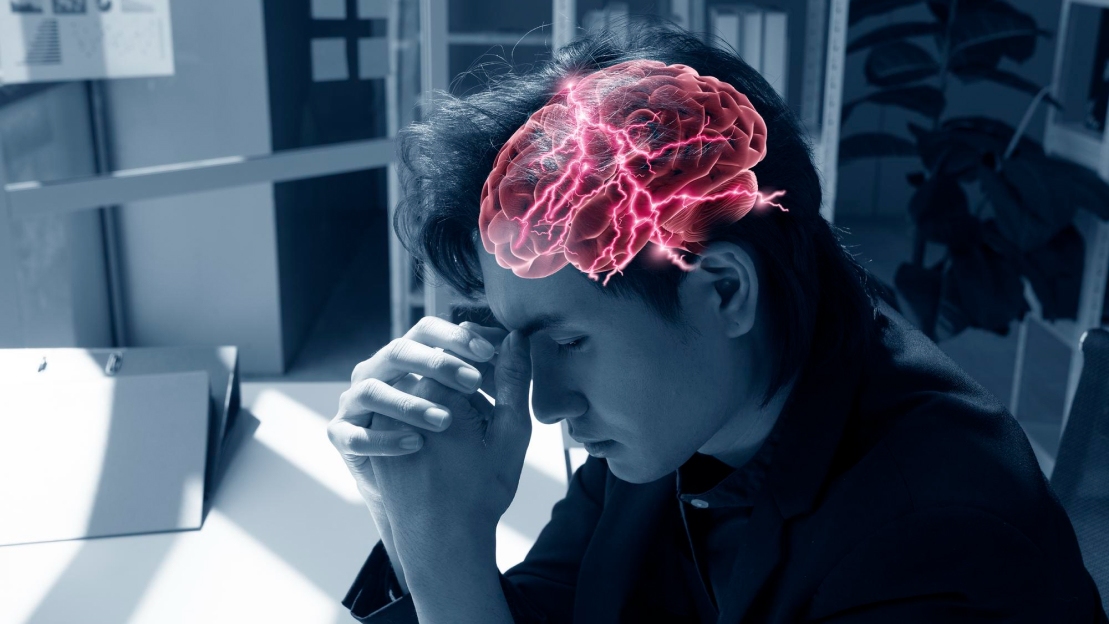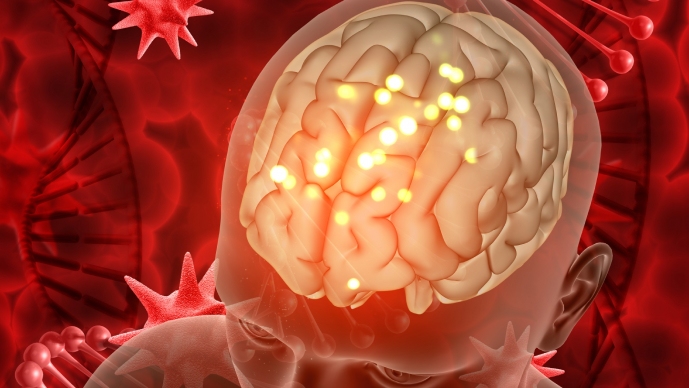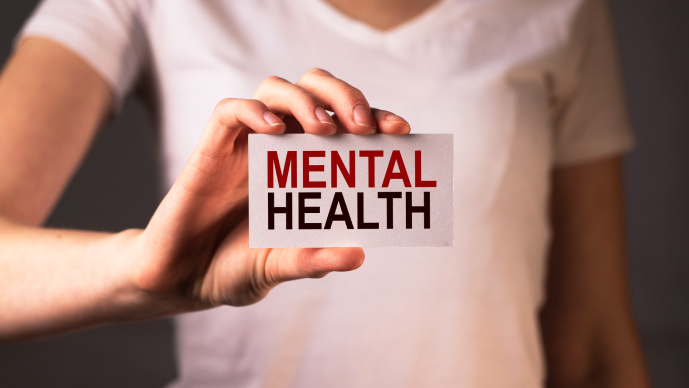What is CTE? Understanding CTE and Its Impact on Mental Health

Table Of Contents
If you are a fan of contact sports, such as football, boxing, or hockey, you may have heard of chronic traumatic encephalopathy, or CTE. CTE is a brain disorder that can develop after repeated head injuries, such as concussions or subconcussive impacts. CTE can cause serious and lasting damage to the brain, affecting a person’s memory, thinking, mood, and behavior.
In this article, we will explain what CTE is, what causes it, what are the symptoms, how it is diagnosed, and how it can be prevented. We will also discuss the impact of CTE on mental health and how to cope with this condition.
So, keep on reading till the end to know more…
CTE 101: Everything You Need to Know!
Chronic Traumatic Encephalopathy (CTE) is a progressive neurodegenerative disease that has been linked to repetitive head trauma. The condition is associated with several physical and cognitive symptoms, such as memory loss, confusion, and depression. While the physical symptoms are well-known, the impact of CTE on mental health is less well-understood.
What is Chronic Traumatic Encephalopathy?

Chronic traumatic encephalopathy is a condition that affects the brain. It is caused by repeated blows to the head, which can result in the accumulation of a protein called tau. Over time, this buildup of tau can lead to brain damage and a range of symptoms.
So, what is CTE? It is a degenerative brain disease that is caused by the accumulation of a protein called tau in the brain. Tau is normally found in the brain and helps stabilize the structure of nerve cells.
However, when the brain is exposed to repeated head trauma, tau can become abnormal and form clumps called neurofibrillary tangles. These tangles can impair the function of nerve cells and cause them to die, leading to brain atrophy and cognitive decline.
CTE is most commonly associated with contact sports, such as football, boxing, and hockey. Athletes who participate in these sports are at a higher risk of developing the condition due to the repetitive impact of collisions and tackles.
CTE can also occur in other contexts, such as military service, physical abuse, and car accidents. Researchers estimate that between 1.6 and 3.8 million people in the United States alone experience concussions each year, making CTE a growing concern.
What are the Physical Symptoms of CTE?

The physical symptoms of CTE typically develop over time, often years or even decades after the initial head injury.
These symptoms may include:
- Memory loss
- Impaired judgment and impulsivity
- Confusion
- Depression or anxiety
- Aggression and irritability
- Headaches and migraines
- Dizziness and vertigo
- Nausea and vomiting
- Sensitivity to light and sound
- Sleep disturbances
- Tremors and seizures
In the later stages of the disease, people with CTE may experience more severe cognitive and physical impairments, such as difficulty speaking, walking, or even eating.
How Does CTE Affect Mental Health?

While the physical symptoms of CTE are well-documented, the impact of the condition on mental health is less clear. However, recent research has shed light on the relationship between repetitive head trauma and mental health.
One study published in JAMA Neurology found that professional football players with a history of concussion were more likely to experience depression and anxiety than those without a history of head injury. Another study published in the Journal of Neuropsychiatry and Clinical Neurosciences found that military veterans with blast-related injuries had an increased risk of post-traumatic stress disorder (PTSD).
These findings suggest that the physical trauma associated with CTE can have significant implications for mental health. The chronic pain, disability, and cognitive impairments associated with the condition can cause significant distress and impair the person’s ability to function in daily life. Additionally, the likelihood of developing CTE may exert a psychological toll on athletes and others who engage in activities that put them at risk for head injury.
Diagnosis and Treatment of CTE

CTE is not a new condition. It was first described in the 1920s by a pathologist named Harrison Martland, who observed brain damage in boxers who had suffered from “punch drunk syndrome”. Later, the condition was also called dementia pugilistica, or boxer’s dementia.
In the 2000s, CTE was identified in the brains of former football players, military veterans, and other individuals with a history of repetitive brain trauma. Since then, CTE has gained more attention and awareness from the public and the scientific community.
Diagnosis
Unfortunately, there is currently no way to definitively diagnose CTE in living patients. The condition can only be definitively diagnosed by examining the brain tissue postmortem.
Treatment for CTE is currently limited and largely consists of symptom management. This may include medications to treat depression, anxiety, and other disorders, as well as cognitive and behavioral therapies to help patients cope with the cognitive and physical impairments associated with the condition.
When a person shows symptoms that are consistent with CTE, health care providers may diagnose them with traumatic encephalopathy syndrome (TES), which is a clinical term that describes the signs and symptoms of CTE. To diagnose TES, health care providers may use various tools, such as:
- Medical history, to assess the exposure to head trauma and the onset and progression of symptoms.
- Neurological examination, to evaluate the mental and physical functions of the person.
- Neuropsychological testing, to measure the cognitive abilities and emotional state of the person.
- Brain imaging, such as magnetic resonance imaging (MRI) or positron emission tomography (PET), to look for structural or functional changes in the brain.
- Blood tests, to rule out other possible causes of symptoms, such as infections, hormonal imbalances, or vitamin deficiencies.
Treatment
There is no cure for CTE, and the damage to the brain cannot be reversed. However, there are ways to manage the symptoms and improve the quality of life of people with CTE and their families. Some of the treatment options include:
- Medications, such as antidepressants, antianxiety drugs, mood stabilizers, or cognitive enhancers, to help with mood and cognitive symptoms.
- Psychotherapy, such as cognitive behavioral therapy, counseling, or support groups, to help with emotional and behavioral issues, and to cope with the challenges and changes caused by CTE.
- Physical therapy, occupational therapy, or speech therapy, to help with movement, balance, coordination, or communication problems.
- Lifestyle modifications, such as regular exercise, healthy diet, good sleep, stress management, or social engagement, to promote physical and mental well-being.
- Caregiver support, such as respite care, education, or resources, to help the family members or friends who provide care and assistance to the person with CTE.
Preventing CTE and Promoting Mental Health

Given the significant impact of CTE on mental health, efforts to prevent head injuries and reduce the prevalence of the condition are important. This may include initiatives to promote safe and healthy participation in contact sports and other high-risk activities, as well as increased awareness and education around the risks of repetitive head trauma.
For those who have already experienced head injury, early diagnosis, and appropriate treatment can help to manage symptoms and prevent the progression of the disease. Additionally, programs that aim to promote mental health and well-being among people with CTE may help to improve quality of life and reduce the impact of the condition on mental health.
Conclusion
Chronic Traumatic Encephalopathy is a serious condition that can have significant physical and cognitive impairments. The impact on mental health is also significant, with an increased risk of depression, anxiety, PTSD, and other mood disorders among those with a history of head trauma. While there is currently no cure for CTE, efforts to prevent head injuries and promote mental health may help to reduce the prevalence and impact of the condition.
Read Also:

























